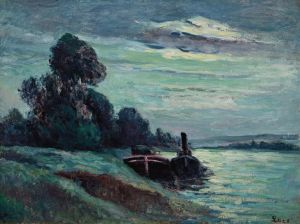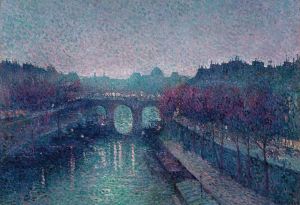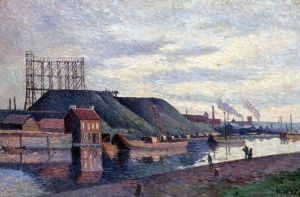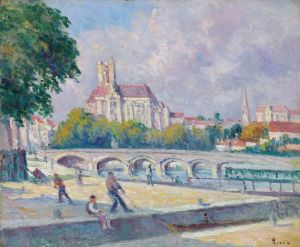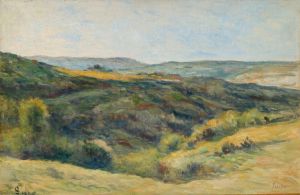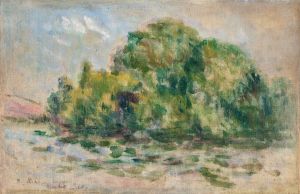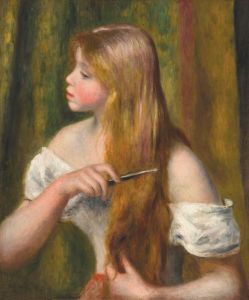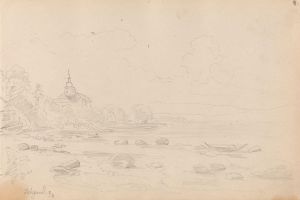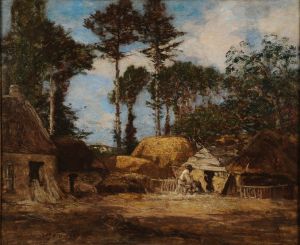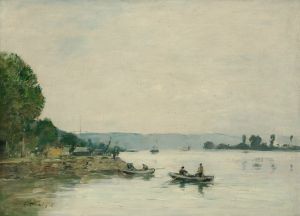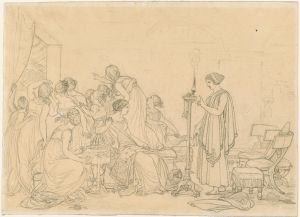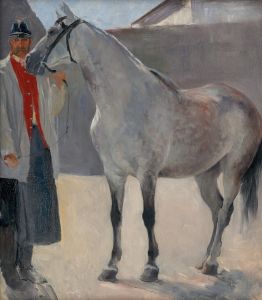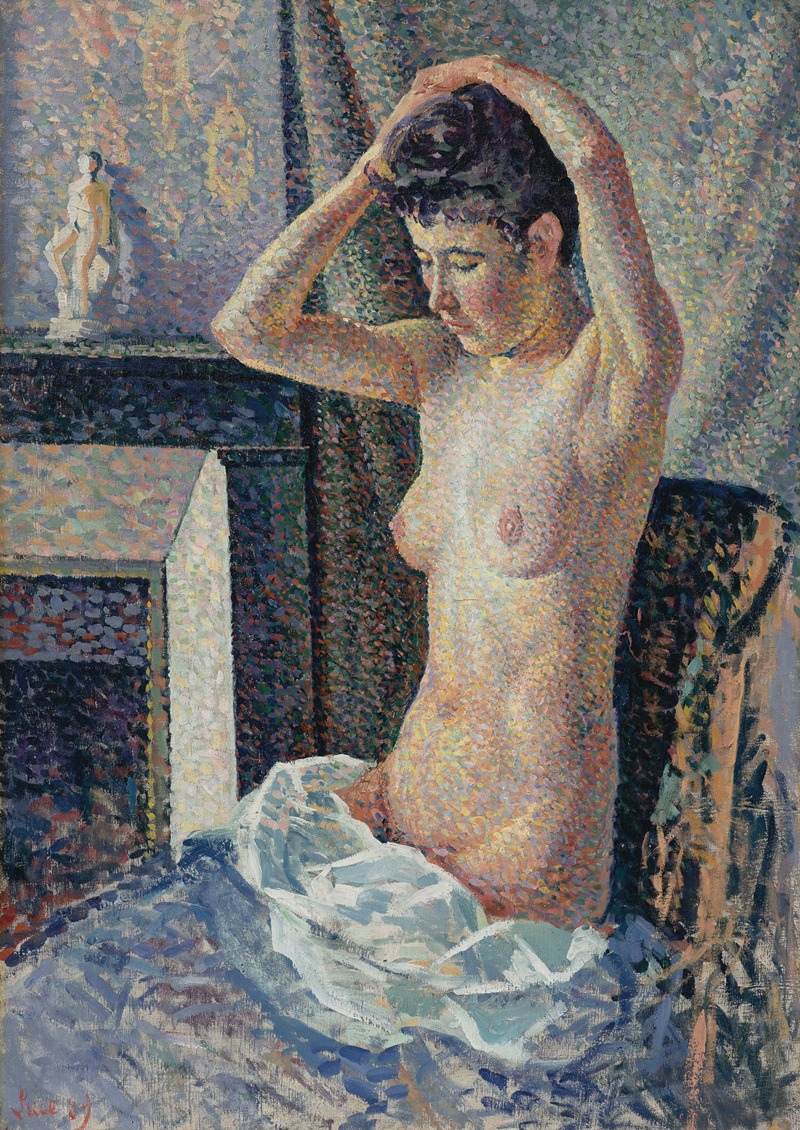
Nu se coiffant
A hand-painted replica of Maximilien Luce’s masterpiece Nu se coiffant, meticulously crafted by professional artists to capture the true essence of the original. Each piece is created with museum-quality canvas and rare mineral pigments, carefully painted by experienced artists with delicate brushstrokes and rich, layered colors to perfectly recreate the texture of the original artwork. Unlike machine-printed reproductions, this hand-painted version brings the painting to life, infused with the artist’s emotions and skill in every stroke. Whether for personal collection or home decoration, it instantly elevates the artistic atmosphere of any space.
Maximilien Luce was a French Neo-Impressionist artist known for his contributions to the Pointillist movement, a technique characterized by the application of small, distinct dots of color to form an image. Born in Paris in 1858, Luce was initially trained as an engraver before transitioning to painting. He became associated with the Neo-Impressionists, a group that included Georges Seurat and Paul Signac, who were known for their scientific approach to color and composition.
"Nu se coiffant" is one of Luce's works that exemplifies his skill in capturing intimate and everyday scenes with a nuanced use of color and light. The title translates to "Nude Combing Her Hair," and the painting depicts a woman engaged in the simple, private act of grooming. This subject matter is consistent with Luce's interest in portraying ordinary moments with a sense of dignity and beauty.
The painting is executed in the Pointillist style, which Luce adopted after being influenced by Seurat and Signac. This technique involves placing small dots of pure color in patterns to form an image, relying on the viewer's eye to blend the colors optically. This method allows for a vibrant surface and a dynamic interplay of light and shadow, which is evident in "Nu se coiffant."
Luce's choice of subject reflects a broader trend in late 19th and early 20th-century art, where artists began to focus on scenes of modern life and the human figure in natural, unposed settings. This approach was a departure from the more formal and idealized representations of the human body that had dominated earlier art periods. By choosing to depict a woman in a moment of personal care, Luce aligns himself with a movement towards realism and intimacy in art.
The composition of "Nu se coiffant" is carefully balanced, with the figure of the woman placed centrally, drawing the viewer's attention to her form and the act of combing her hair. The use of light in the painting is particularly noteworthy; Luce employs his Pointillist technique to create a shimmering effect, capturing the play of light on the woman's skin and hair. This not only highlights the physicality of the subject but also imbues the scene with a sense of warmth and immediacy.
Maximilien Luce's work, including "Nu se coiffant," is celebrated for its technical precision and emotional depth. His paintings often convey a sense of tranquility and introspection, inviting viewers to appreciate the beauty in everyday moments. Luce's contribution to the Neo-Impressionist movement is significant, as he helped to expand the possibilities of color and light in painting, influencing subsequent generations of artists.
Today, Luce's paintings are held in various collections around the world, appreciated for their innovative technique and their ability to capture the essence of modern life. "Nu se coiffant," like many of his works, continues to be studied and admired for its artistic merit and its reflection of the cultural shifts of its time.





